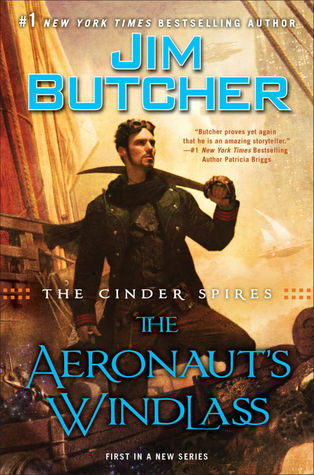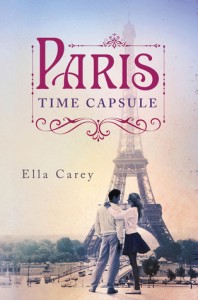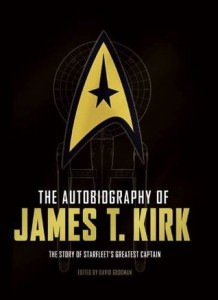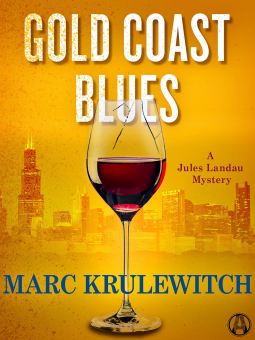 Gold Coast Blues: A Jules Landau Mystery by Marc Krulewitch
Gold Coast Blues: A Jules Landau Mystery by Marc Krulewitch Formats available: ebook
Series: Jules Landau #3
Pages: 284
Published by Alibi on September 22nd 2015
Purchasing Info: Author's Website, Publisher's Website, Amazon, Barnes & Noble, Kobo
Goodreads
In Marc Krulewitch’s gritty new mystery, perfect for readers of Robert Crais and Marcia Muller, a beautiful missing woman and a mysterious wine lead Chicago shamus Jules Landau straight toward a killer with very bad taste. Jules Landau’s father was mobbed up, as was his father before him. Jules takes a different path: He’s a licensed private eye, currently collecting his paycheck in cash from a young ex-con looking for his missing girlfriend, Tanya. But as Jules scours Chicago’s North Side, he realizes that any number of people might want to make sure Tanya stays gone. At the heart of her disappearance seems to be a thriving black market for expensive French wine—a vintage so lucrative that Tanya may have paid for it with her life. Following a trail of cash and power with more twists than a corkscrew, Jules traces a criminal conspiracy back to a corrupt New Jersey cop. With nobody telling the truth, Jules knows he has to act fast . . . because a perfect crime only gets better with age.
***FTC Disclaimer: Most books reviewed on this site have been provided free of charge by the publisher, author or publicist. Some books we have purchased with our own money or borrowed from a public library and will be noted as such. Any links to places to purchase books are provided as a convenience, and do not serve as an endorsement by this blog. All reviews are the true and honest opinion of the blogger reviewing the book. The method of acquiring the book does not have a bearing on the content of the review.
{ "@context":"https://schema.org", "@type":"Review", "datePublished": "2015-09-21T12:00:00+00:00", "description": "Gold Coast Blues is a mystery about stolen vintage wine. Or about faking vintage wine. Or about stealing fake vintage wine. Or all of the above,\r\n\r\nWhether the wine turns out to be real or fake, ", "publisher": { "@type": "Organization", "name": "Escape Reality, Read Fiction!" }, "url": "https:\/\/www.readingreality.net\/2015\/09\/review-gold-coast-blues-by-marc-krulewitch\/", "itemReviewed": { "@type": "Book", "name": "Gold Coast Blues: A Jules Landau Mystery", "author": { "@type": "Person", "name": "Marc Krulewitch", "sameAs": "" }, "isbn": "0804177694" }, "author": { "@type": "Person", "name": "Marlene Harris", "sameAs": "https:\/\/www.readingreality.net\/" }, "reviewRating": { "@type": "Rating", "ratingValue": 4, "bestRating": "5" } }Gold Coast Blues is a mystery about stolen vintage wine. Or about faking vintage wine. Or about stealing fake vintage wine. Or all of the above,
Whether the wine turns out to be real or fake, vintage wine is very expensive. And quite possibly undrinkable. But Chicago’s Near North Gold Coast is the setting for this story, because it’s the nabobs of the North Shore who can afford to pay $25,000 for a single bottle of 1945 or 1947 Mouton or Lafitte Rothschild, or even $2,500 for a possibly fake bottle.
If wine is treated like an investment, it’s also stolen and faked like any other investment. And it can even be a racket for organized crime. Even if that organization is supplied by a New Jersey police officer with some very “progressive” ideas about managing crime while skimming from every side.
This story takes place in Chicago, for the most part. Jules Landau gets hired by a Jersey kid who just got out of jail, and wants Landau to hunt for his missing girlfriend. The young woman, Tanya, sensibly got out of their downtrodden bit of Newark while the getting was good, and while her “connected” boyfriend was in the slammer.
Now he’s out and he wants to find her. Money seems to be no object – the guy is throwing cash around like there’s no tomorrow. And there might not be.
Because Eddie wants Landau to find his girl, but he doesn’t want to tell Landau anything that might help him investigate. Which puts the reckless Landau on his own, discovering that Tanya disappeared from her job at a wine bar in very mysterious circumstances, and that everyone connected with her former place of employment is up to their necks in some very shady wine deals.
So Landau follows the trail that he has, which finds him deeper and deeper into the vintage wine market, following the trail of a case of stolen vintage Rothschild wine that may be worth $5,000 per bottle, or $25,000 per bottle, or absolutely nothing at all.
What he doesn’t expect is to find himself at the end of a beat down by a cop in Jersey. No one that Landau questions believes that he is only after the girl, when every question at every turn finds him in the middle of a wine heist and a love triangle gone very, very wrong.
Everyone he talks to is lying to him, and assumes that he is lying to them, even when he isn’t. In the end, he finally figures out that he is going to have to solve the wine case in order to wrap up the missing persons case.
Assuming that the bad guys in one case or the other (or in the case of wine) don’t kill him first.
Escape Rating B: Landau takes Eddie’s case because he can’t stop himself from thinking it’s a love story. And Eddie pays well, and in cash. Which helps Landau paper over his intuition that Eddie is lying to him and that he’s being an idiot by taking the case. His few friends tell him that he’s going to be a dead idiot if he doesn’t get out while the getting is good.
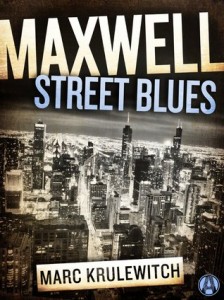 Instead, Jules Landau does what he always does. He rushes in where angels, and even a few demons, fear to tread. (For Jules’ earlier adventures, see Maxwell Street Blues (review) and Windy City Blues (review))
Instead, Jules Landau does what he always does. He rushes in where angels, and even a few demons, fear to tread. (For Jules’ earlier adventures, see Maxwell Street Blues (review) and Windy City Blues (review))
Landau is a likeable fellow with a penchant for getting in over his head, and then floundering his way out with a little luck, a lot of moxie, and some serious bluffing. He’s not as tough as he pretends to be, but he pretends very, very well. Both his father and his grandfather were “mobbed up”, but Jules is mostly on the straight and relatively narrow. But he has the street smarts when he needs them, AND remembers to use them.
Unfortunately for Landau, he and the undercover FBI agent are the only two likeable people in this whole mess. Every other person involved is a lying sack of shit, including both the missing girl and the ex-boyfriend who is searching for her.
This case is a mess. Every single person Landau talks to is lying to him, including his old friend, the retired Chicago cop Kalijero. Some, like his cop friend, lie to him for his own good. The undercover FBI agent he trips over lies to him for her own good, but she also cat sits for him.
But everyone even tangentially involved with either the missing Tanya or the mysterious case of possibly pilfered vintage wine, lies to keep Jules from investigating their involvement in the mess, in spite of his initially true contention that he’s only after the missing girl. It’s so obvious amidst the welter of lies that the missing Tanya is in the fake wine scam up to her very threatened neck. He eventually figures out that he can’t find the girl without solving the wine case. Or vice versa.
And his original contention was totally wrong. This isn’t really a love story, unless it’s a story about the love of money being the root of all evil.
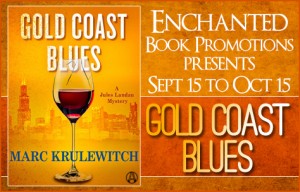



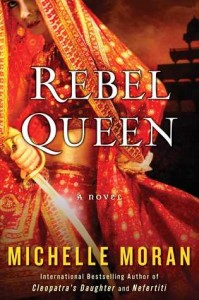










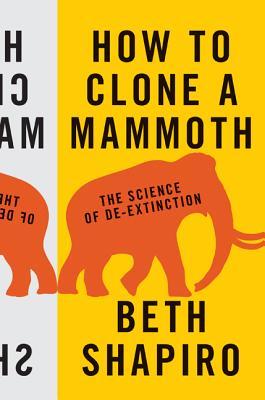 Format read: hardcover provided by the publisher
Format read: hardcover provided by the publisher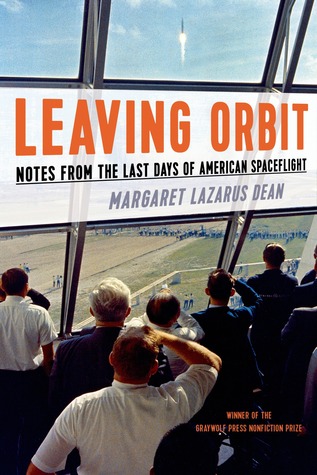

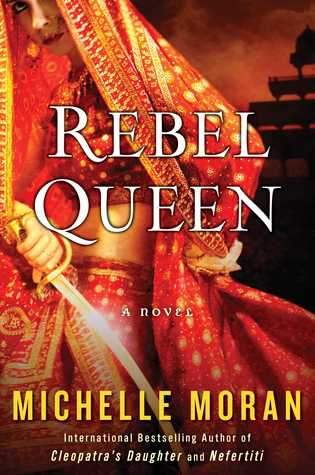
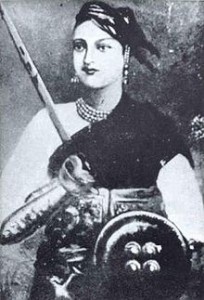
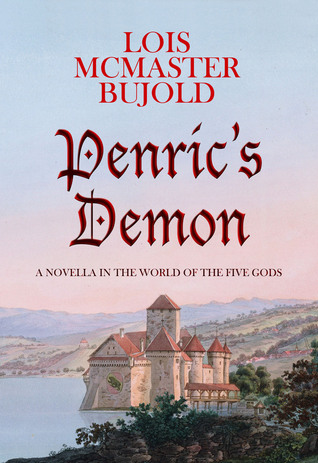
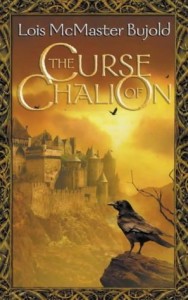 The World of the Five Gods series was originally called the Chalion series, after the first book in the series,
The World of the Five Gods series was originally called the Chalion series, after the first book in the series, 